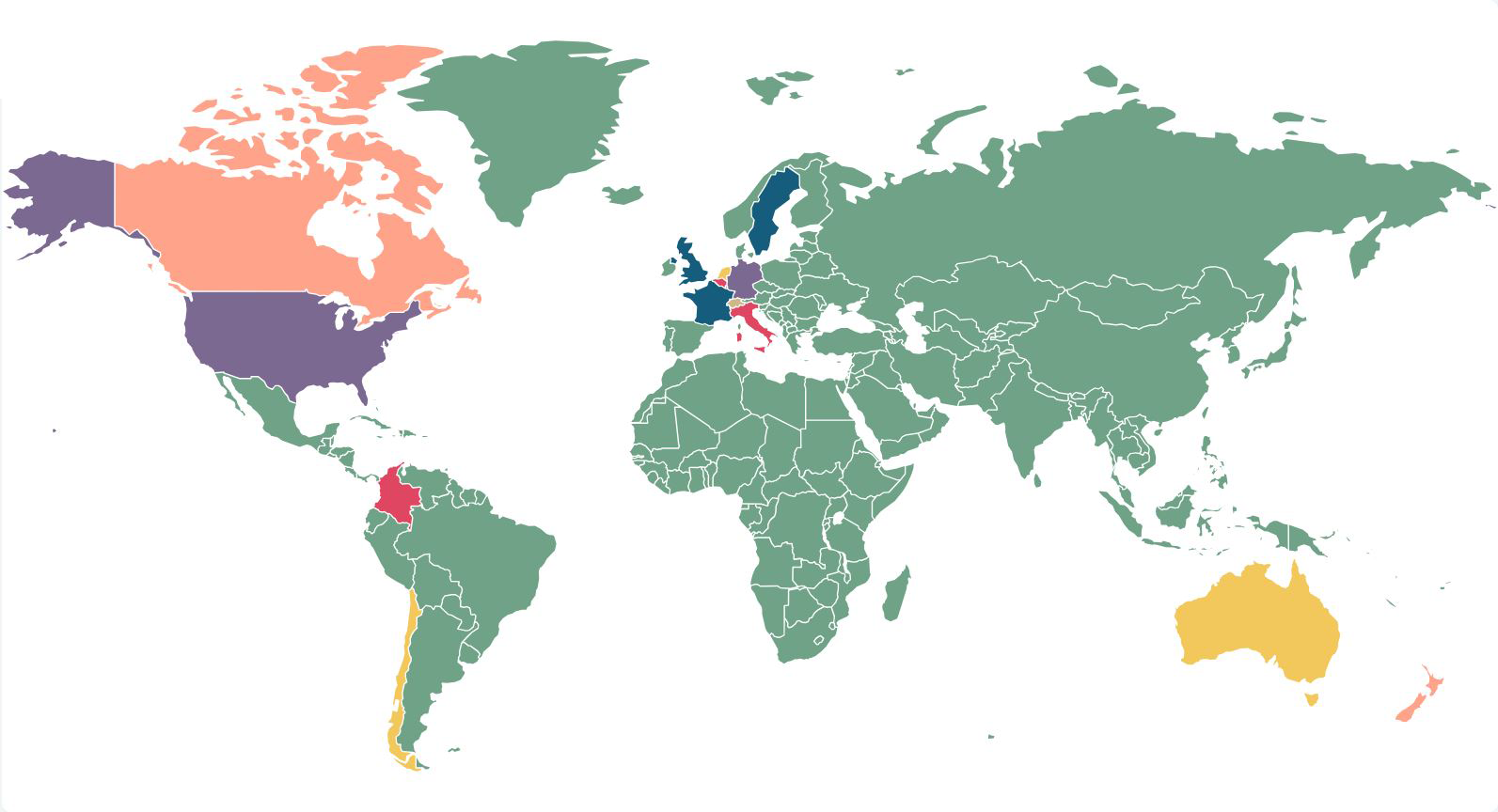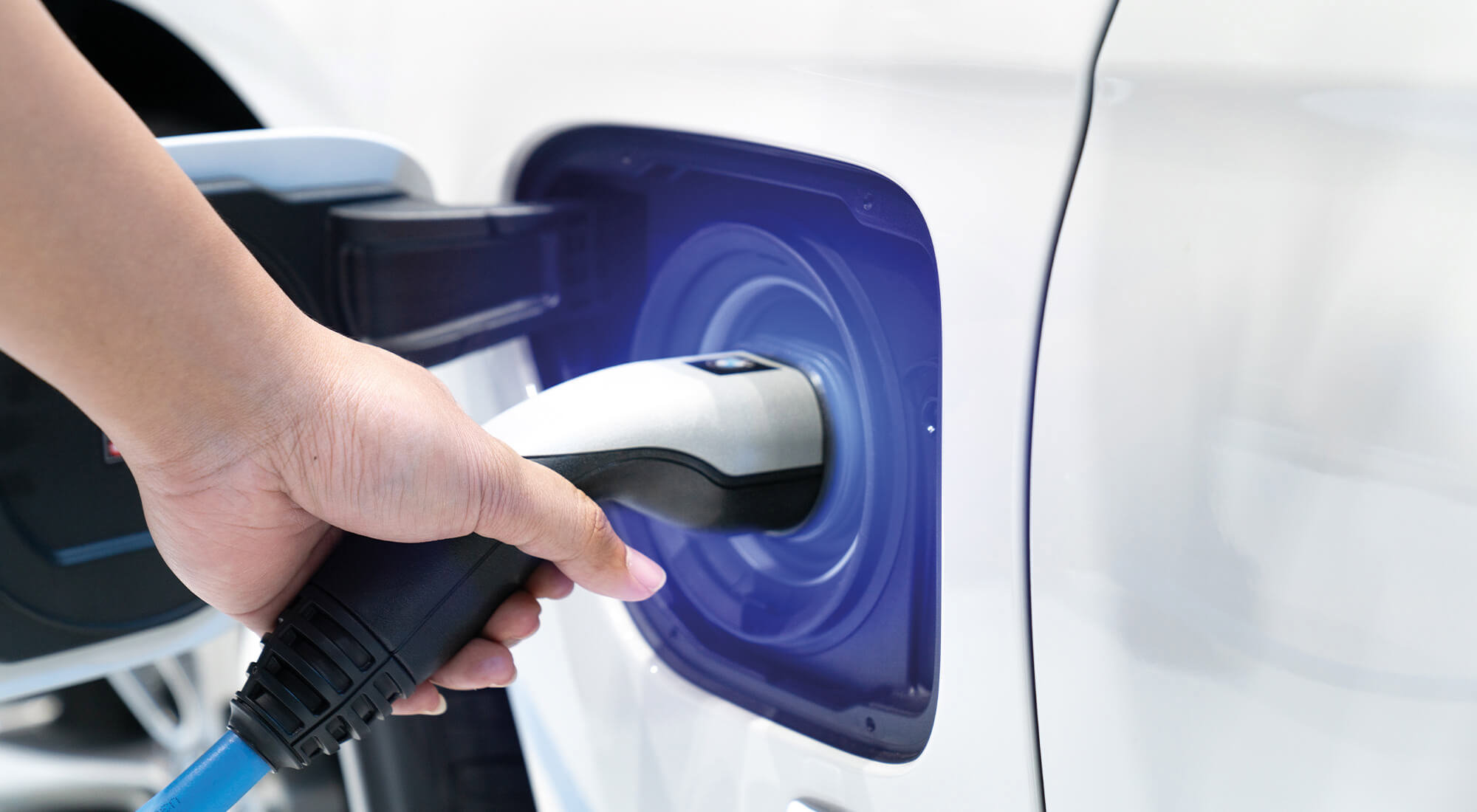As we transition into being a digital and more sustainable society, managing the move successfully will be a challenge in itself.
There is an opportunity for the UK to become a centre of technological excellence and to create an environment that attracts, supports and retains the entrepreneurial start-ups that will become the drivers of the global economy in the years ahead.
To achieve this, the UK will need to evolve its regulatory and legislative frameworks to ensure they are equipped for the digital era, while insurers are already finding the pace of change is creating entirely new exposures for clients and challenging long-established standards around liability.
The Data Protection and Digital Information Bill
In June 2022, the government published its response to a consultation entitled Data: a new direction, which was launched back in September 2021. This was followed by the publication of the Data Protection and Digital Information Bill on 18 July 2022.
The response sets out how the proposed legislation will strengthen the UK’s high data protection standards while reducing burdens on businesses to deliver around £1bn in cost savings.
The predicted savings will be achieved over 10 years, but the figure highlights the costs associated with the existing regime, which consists of the UK General Data Protection Regulation, the Privacy and Electronic Communications Regulations and the Data Protection Act 2018.
Charlotte Halford, partner and insurtech and digital insurance lead at DAC Beachcroft, says: “the GDPR’s principle of accountability, which requires lots of process and documentation from businesses in order to create and demonstrate a robust framework for data protection compliance, is a very high bar for start-ups and smaller businesses. As a result, it either gets overlooked or is prohibitive, and neither of these are desirable outcomes.”
Although the draft Data Protection and Digital Information Bill certainly looks to deliver on this promise, with a proposed loosening on the accountability framework and the ability to take a risk-based approach in certain circumstances, it remains to be seen just how far the UK can go in differentiating its new data policy. The EU’s adequacy regime determines whether other jurisdictions have data protection frameworks that offer an equivalent level of protection to its own. The EU will only allow the free flow of data to other jurisdictions where it assesses there is such equivalence.
Currently, there is an adequacy agreement in place between the UK and the EU. This creates a challenge for the UK in how it frames any new data regime:
“We are still reliant on the EU adequacy decision,” says Halford. “If we stray too far from the EU then it could put at risk our adequacy status, which would impact the free flow of data from the EU to the UK. That would be completely counter to the UK’s aspirations.”
The UK and the EU data regimes already differ in some areas. For example, in the UK, there is an ‘insurance purpose’ justification that enables firms to process sensitive (special categories of) data for additional uses related to insurance which, other than a few exceptions, is not available in the EU.
In practice, this means an insurer in the UK could potentially analyse claims data to assess the cause of the losses and to design better risk management strategies and ways of categorising and handling claims. This insurance purpose justification is retained in the draft Bill.
In the EU, a firm would usually require specific customer consent to analyse claims data (that contained any special category data) in this way. Securing this consent would either be impractical or create cost and administration and potentially undermine the value of the research project.
Halford comments: “There is the potential for the UK to become a real leader in insurtech and hopefully the new data regime can help to support that, without compromising the free flow of data between the UK and the EU.”
The government has stated that making it easier to carry out such research is one of its goals, and this was reflected in the draft Bill, with new provisions which expressly allow for processing for such purposes.
Technology and liability in the transport sector
As the UK considers how best to evolve its data protection regime, it is also wrestling with changes to existing risk profiles and the creation of new exposures and liabilities created by the move to more sustainable ways of working and living.
For example, the transport sector is moving quickly towards electric and automated vehicles as a means of reducing its reliance on fossil fuels and minimising carbon emissions.
The ongoing evolution in vehicle technology has delivered major benefits in safety and environmental performance through improved efficiency, but it also challenges the existing legislative and regulatory frameworks and the insurance provision that underpins the entire transport sector.
Insurers have modified the cover offered by motor and household policies to cater for electric vehicles. For example, cover can be available for damage to vehicles caused by electrical surges while charging and for damage to the accessories required to charge electric vehicles. The battery also changes the risk profile of a vehicle and presents different fire hazards, particularly at the scene of an incident and during repair or, more likely, salvage – with an impact on claims costs.
There are also liability issues attached to charging cables, whether privately owned or at public charging points. These include not just tripping hazards but also risks associated with use of an incorrect or faulty cable.
Range restrictions and charge times alter the way electric vehicles are used in comparison to traditional cars and so there are also a growing number of developments in usage-based policies aimed particularly at electric vehicle owners.
Insurers also have to contend with the advent of new types of vehicle such as electric scooters and determine where they will fit into the existing framework (see box out).
There are numerous future challenges that will very soon become practical realities due to the pace of technological advances.
The Automated and Electric Vehicles Act 2018 states that insurers are liable if an accident is caused by an automated vehicle when driving itself and insurers have a right of recovery from the vehicle manufacturer or software developer and potentially their supply chain.
But, as automated systems become more developed and are increasingly implemented into vehicles and live traffic situations, understanding who is in control of the vehicle at a precise moment and exactly what, if anything, was at fault for an incident will become more complicated.
Peter Allchorne, partner at DAC Beachcroft and specialist in motor liability claims, comments: “It all comes down to data and the machines processing that data. Who controls the data? Who has access to the data? You need to know this to make automated vehicles insurable. All stakeholders need to know who or what is controlling the vehicle at any given moment.”
If the vehicle is in automated mode when an incident occurs, Allchorne advises that there are questions to resolve around existing product liability and consumer protection laws. They currently offer potential defences on the basis that technology is moving too fast to foretell particular outcomes or that software updates were delivered ‘over the air’ and not via a physical medium.
These problems are not insurmountable, but they do throw up a lot of thorny issues given the pace of change and the number of variables involved.
Allchorne says: “We will not move to fully automated vehicles in a single step and so we need to be able to advance technology, legislation and regulation in unison, but that will be difficult.”
In particular, he would like to see a piece of new primary legislation that sets out in detail the obligations, responsibilities and boundaries of electric and automated vehicle use in the UK. “It’s very clear that the Road Traffic Acts written between 1930 and 1988 don’t cater for these emerging technologies.”
Technology and liability in healthcare
In the healthcare market, there are similar issues. Artificial intelligence is already a feature of radiology scanning equipment, enabling fewer doctors to assess more images to a higher degree of accuracy.
However, if a patient is misdiagnosed and receives inappropriate treatment, who is liable? This is a question that will become more central in the years ahead as AI is implemented into more techniques and procedures and takes higher levels of control.
Hamza Drabu, partner at DAC Beachcroft and a specialist in the health and social care sector, comments: “The deployment of AI in the healthcare sector is still in its early stages. It is augmenting rather than replacing the work done by professionals at the moment. But in the coming years how we determine the liability attached to the clinician and the technology is going to be very much in focus.”
One area of healthcare that is posing questions in the here and now is telemedicine. Shortages in the workforce, growing demand for healthcare and the physical restrictions created by the pandemic have dramatically accelerated the use of telemedicine.
This immediately creates issues around professional registrations, geographical licences and accreditations, data security and privacy.
Drabu highlights one firm that was prosecuted earlier this year because it was carrying out a regulated activity without registering with the Care Quality Commission. It was also using an online patient questionnaire form that carried significant risk of misdiagnosis and harm. In addition, the firm’s website was misleading, suggesting doctors were located in the UK, when they were actually based in Romania.
In the US, there are similar concerns. Angela Russell, managing partner of the Baltimore office of law firm and Legalign partner Wilson Elser, says there has been a significant increase in the use of telemedicine that is prompting moves to more national legislation and the development of more interstate agreements around the local licences needed to practise medicine.
Yet she says many of the predictions relating to potential problems have simply not materialised. “There was a lot of concern that there would be a wave of litigation on the back of the increased use of telemedicine. I have now been speaking about it for more than 10 years and the influx of litigation has not happened.”
Summing up the position in the US, Angela Russell advises that “Litigation has been on a case-by-case basis and around specific incidents, rather than being a systemic issue.”

Managing the transition
The demand for better, faster and more sustainable products and services in every sector is putting significant pressure on existing regulatory and legislative frameworks. It will also continue to change the exposures faced and liabilities borne by all stakeholders. This is a key example of where government, regulator and private sector need to work together to build a better future.
The insurance sector is already responding to these challenges. Its ongoing ability to evolve new products, cover options and risk management services will be vital in our transition to a fully digital and more sustainable society.
E-scooters – more questions than answers
Government trials are ongoing and there appears to be a desire to legalise e-scooters as part of a sustainable future transport solution, particularly in relation to first/last mile solutions. As e-scooters are classified as motor vehicles, it is practically impossible for a private owner to comply with the requirements for their legal use on public roads. Only those that are part of government-backed rental trial schemes in certain areas are treated as compliant. Riders must also be 18 years old or over and hold at least a provisional driving licence.
But if e-scooters replace active modes of travel such as cycling or walking it might not be the more sustainable option. In addition, there are questions to resolve around the life span of an e-scooter, the raw materials they consume and the ability to recycle them after 3-5 years.
And what about the energy used to recharge them? Indeed, these are issues that apply to electric vehicles more widely.
Currently, there are at least four times as many illegal e-scooters on the road as there are trial ones. The number of illegal e-scooters is growing exponentially, underscoring the need for quick and effective legislation and enforcement.
The government’s latest idea is to reclassify e-scooters as low-speed, zero-emission vehicles, that is neither motor vehicles nor electrically assisted pedal cycles. However, without mandatory insurance, that still raises questions around who will pay when an e-scooter causes injury, damage or loss?
In its push towards greater sustainability, the government also needs to consider wider ESG issues and ensure baseline standards in the supply chain for all green vehicles, so as to prevent human rights and environmental abuses.










